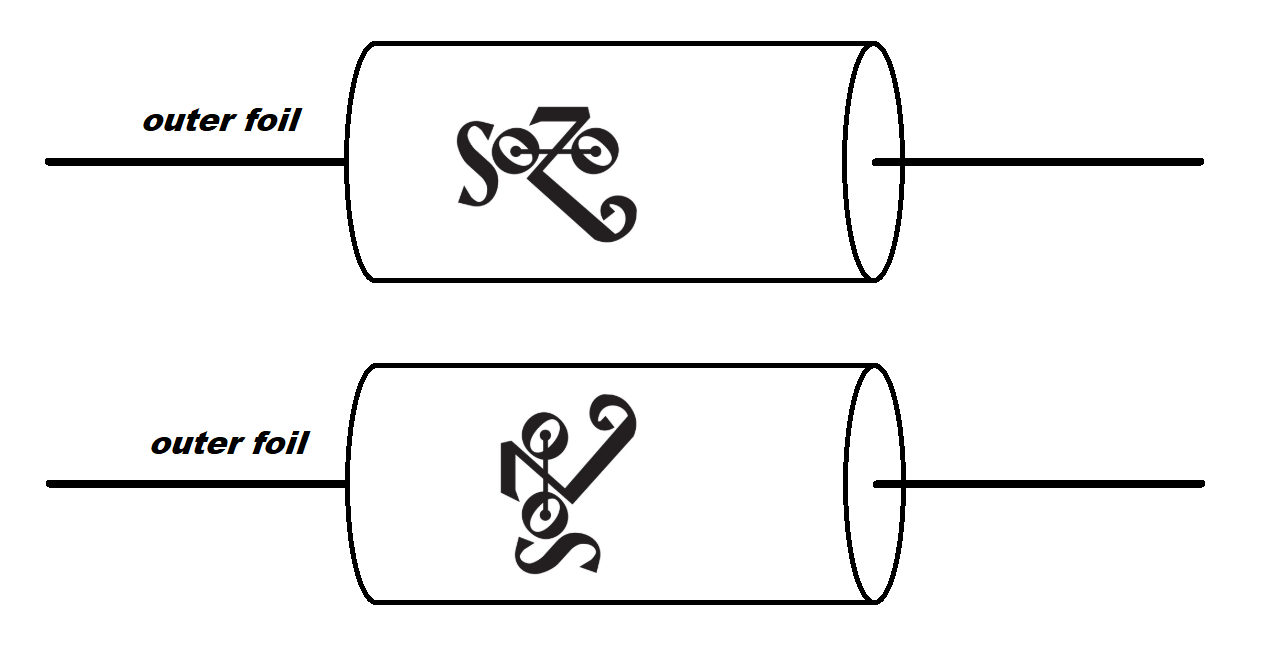Well I looked at a bunch of pictures and it seems that the outer foil IS marked. Or it was.?. At any rate, it's the lead at the top of the logo or the beginning of the logo depending on the logo orientation. This is the same aspect other suspiciously similar looking caps of another brand have for the outer foil as well.
I won't go into how little regard I have for boutique caps and foil orientation... Oh, wait.?. I guess I just did But seriously, whatever makes you believe in your project and it's relative quality and goodness will improve personal confidence and therefor tone. Because you have to believe in it to love it. That's a very real thing so it's all good.
But seriously, whatever makes you believe in your project and it's relative quality and goodness will improve personal confidence and therefor tone. Because you have to believe in it to love it. That's a very real thing so it's all good.

I won't go into how little regard I have for boutique caps and foil orientation... Oh, wait.?. I guess I just did
 But seriously, whatever makes you believe in your project and it's relative quality and goodness will improve personal confidence and therefor tone. Because you have to believe in it to love it. That's a very real thing so it's all good.
But seriously, whatever makes you believe in your project and it's relative quality and goodness will improve personal confidence and therefor tone. Because you have to believe in it to love it. That's a very real thing so it's all good.
Comment